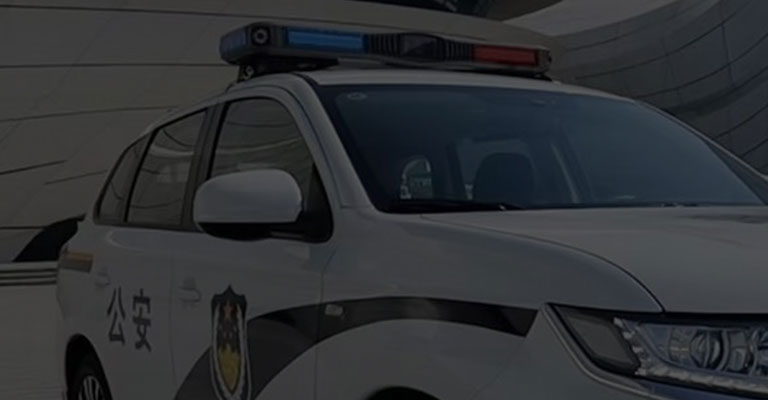What color are the lights on police cars
The color of police car lights varies by state. But why? The truth is that states with no federal decision on police car light color make their own laws. The colors each department selects to enforce vehicle safety may be based on local laws, police cruiser traditions, or even trends.
In many states, police cars use a combination of red and blue lights for maximum visibility day and night. The majority of US states allow red lights on fire engines but reserve blue lights for police. But several states — like Delaware and Connecticut — are the complete opposite.
In most United States, when you see blue lights in your rearview mirror, you know you’re looking at the police. But it’s far from universal. In many states, fire engines are also allowed to use blue lights. In some states, police don’t use blue lights at all.
The color of police car lights varies by state. But why? The truth is that states with no federal decision on police car light color make their own laws. The colors each department selects to enforce vehicle safety may be based on local laws, police cruiser traditions, or even trends.
In most United States, when you see blue lights in your rearview mirror, you know you’re looking at the police. But it’s far from universal. In many states, fire engines are also allowed to use blue lights. In some states, police don’t use blue lights at all.
Yellow/amber light is less tightly regulated than red or blue light. Because of this, civilian vehicles that require maximum visibility are allowed to use amber flashing lights. An example of this is plow wagons. Some police vehicles have amber lights in addition to red and/or blue lights for maximum visibility.
Finally, some police vehicles have green lights installed as well. They use these lights to make their car stand out in non-emergency situations. An example of this would be the police using a car to control the crowd.
Who decides on the light color of the police?
Every state has its own individual laws that dictate the light color of emergency vehicles. Some of these laws reserve certain colors (e.g. blue) for certain emergency services (e.g. the police). Other laws specify the brightness of emergency lighting (e.g., visible from 1,000 feet away). However, the final decision rests with the police.

Individual police or fire brigades then interpret these laws. If a state allows police to use blue, red, and amber lights, that doesn’t mean every car will have each of those colors. A police chief may believe that only red lights or only blue lights give their cars maximum visibility.
Blue police lights are becoming increasingly popular
In the past, all police cars in the United States had red flashing lights. In 1948, the rotating red beacon came onto the scene and began replacing flashing lights. But in other parts of the world, police were already experimenting with blue lights.

According to legend, the power outages of World War II led to the first blue police lights: Germany figured out that police cars could use blue lights without drawing the bombers’ attention to their urban areas.
Over the decades, more and more US police forces began to equip their cars with blue lights. They may have argued that a combination of red and blue lights made their cars visible both during the day and at night. Blue lights are probably more visible at night, and until recently many departments believed that red lights were more visible during the day.
A recent study found that blue is the most easily recognized color of light for drivers, both during the day and after dark. This may be the reason more and more police departments are phasing out their red lights.
So good that police emergency lights used to be all red, maybe someday they’ll be all blue. We’ll just have to wait and find out.
Senken Group Lightbar TBD 330000

| Features: |
| ◎Generation III LED light heads with extreme high brightness; |
| ◎Unique self-contained reflectors with excellent light condensation at wide effective view angles; |
| ◎Waterproof individual LED lightheads (IP67 compliant)with standard mounting, reliable and easy for maintenance; |
| ◎Low profile aluminum body with compact structure and excellent heat dissipation; |
| ◎13 regular flash patterns and 4 traffic advisor patterns are selectable by different wirings at the terminal blocks; |
| ◎Colors are optional within red, blue, amber and white; |
| ◎Different lengths customizable |



